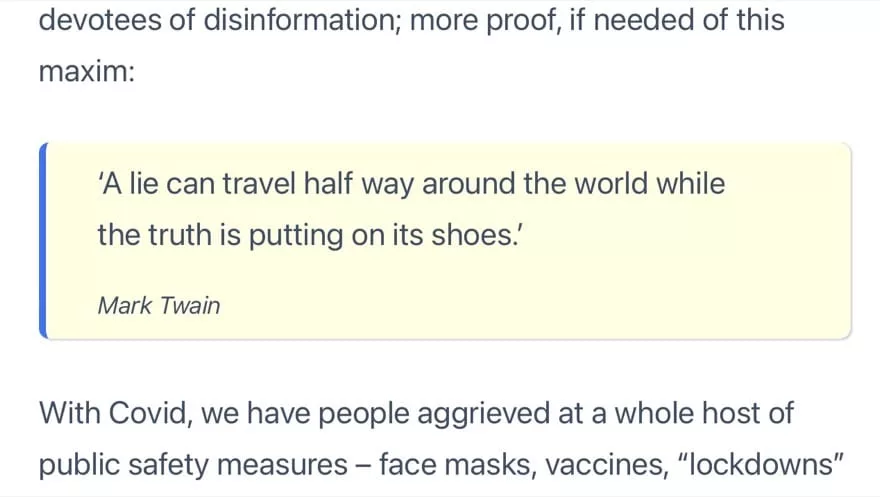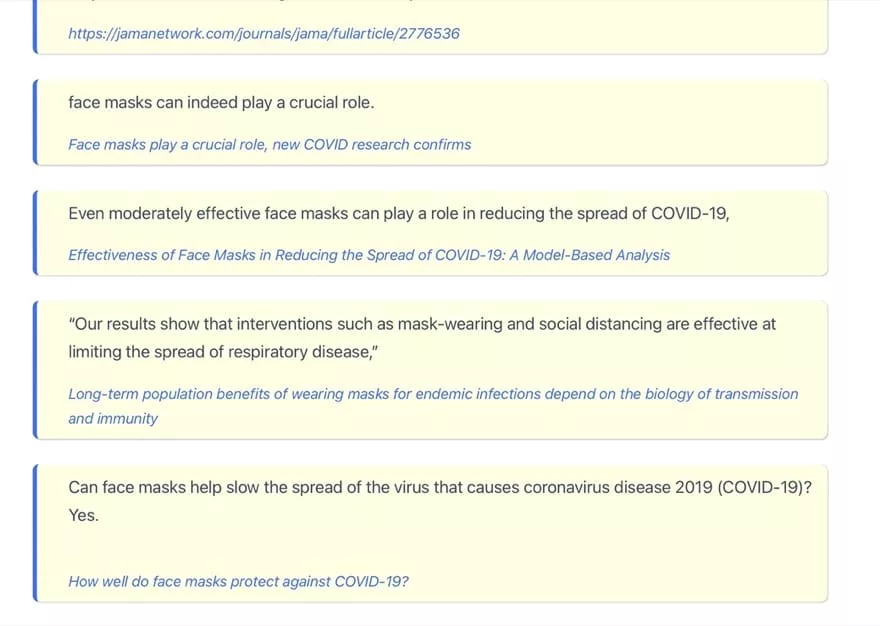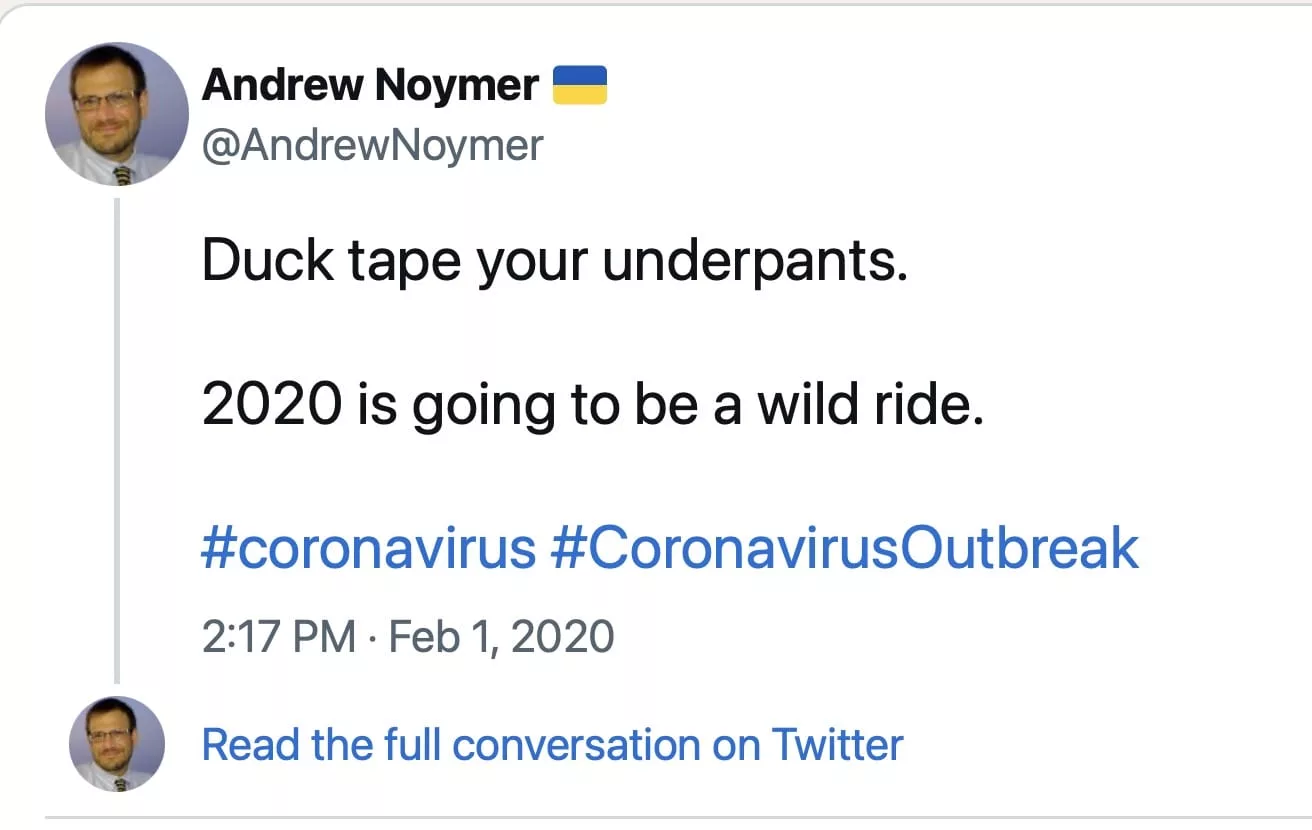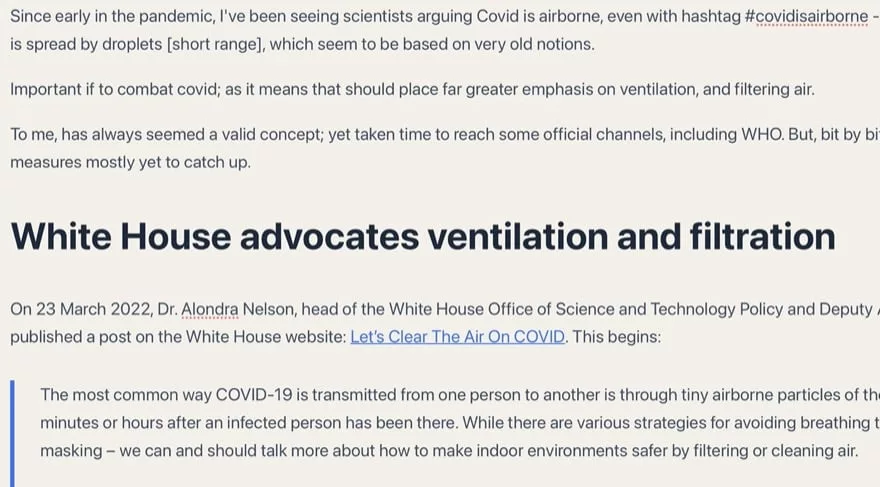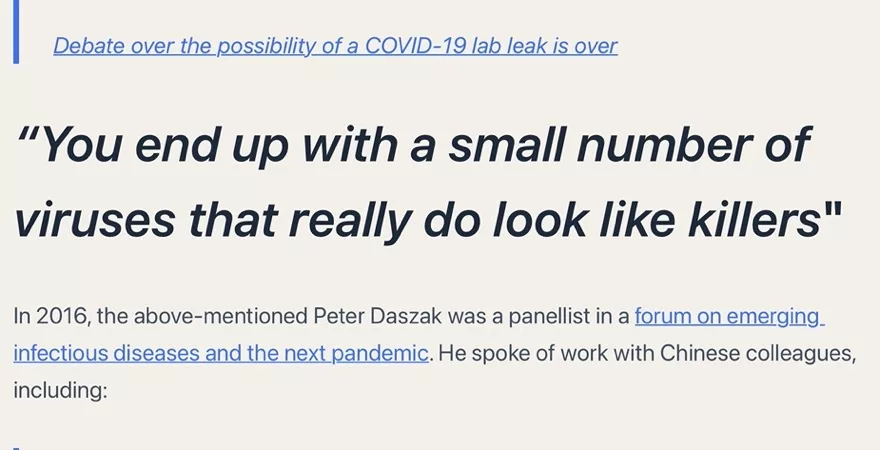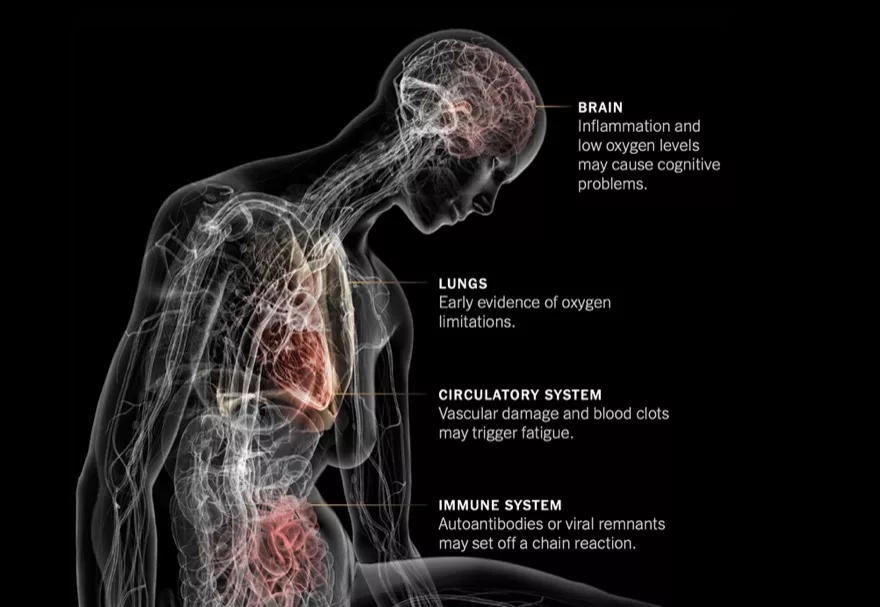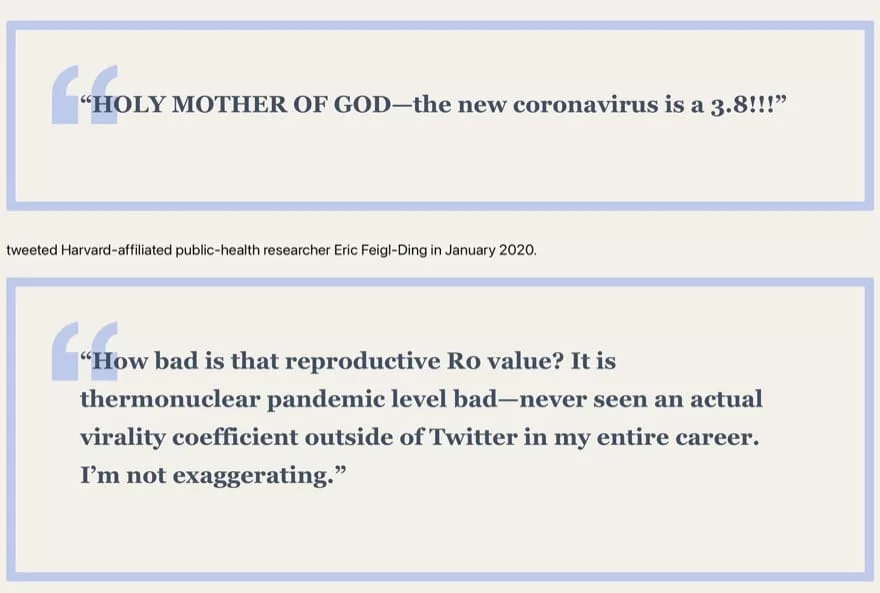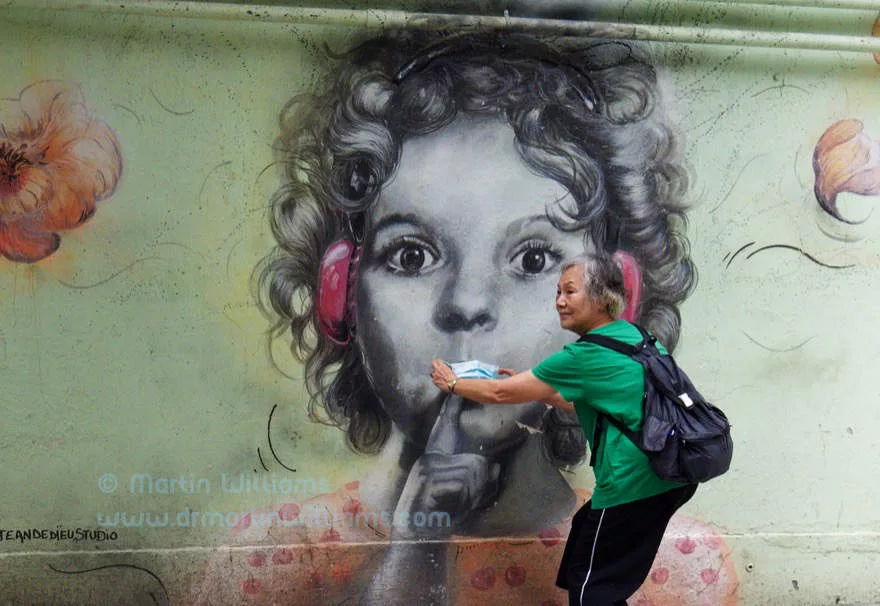[Written January 2021]
In January last year, as reports were emerging of the new coronavirus being detected outside mainland China – including in Hong Kong, I wrote a column that quietly suggested, “It can be readily transmitted by mobile people, and indeed cause a pandemic.”
This wasn’t wild conjecture, but was based on science including evolutionary biology, according to which highly lethal viruses such as SARS immobilise too many people to spread well, while those that allow high mobility can become widespread, and maybe exact a huge toll – like the Spanish Flu of 1918-1920, which killed maybe 50 million people worldwide.
Experts expressed concern too, including Professor Gabriel Leung, chair of public health medicine at University of Hong Kong, who warned of the potential for a global epidemic; and, most notably, US epidemiologist Eric Feigl-ding, who excitedly tweeted, “It is thermonuclear pandemic level bad… I’m not exaggerating.”
Feigl-Ding shot to fame with this tweet, and was pilloried by several infectious disease experts, who considered him unduly alarmist. Yet the coronavirus now known as Covid-19 indeed proved pandemic level bad; and it may be far from finished with us.
Science can provide some insights into what may happen with Covid, along with ways to limit its impacts. With caveats, however – for as experience shows, much depends on how we humans react.
One bizarre reaction, way too common in the west, is to simply deny Covid exists, or is a significant problem. On New Year’s Eve, for instance, a group gathered outside a London hospital to shout “Covid is a hoax!” even as many people inside were suffering and dying from the disease. I’ve seen a notion that if you catch it, not to worry as there’s a 99 percent chance you’ll survive, which has me envisaging a friendly airline representative cheerily informing passengers, “Always remember: 99 percent of our flights don’t crash.”
Just possibly, that 99 percent figure exaggerates the probability of surviving Covid: at the time of writing, the Johns Hopkins Coronavirus Resource Center reports 85,672,034 cases reported worldwide, with 1,853,334 – giving a case fatality rate of around 2.1 percent. Or it may be too conservative, as many cases of Covid might be unreported. Plus, of course, people are not uniformly affected, with the risk of death soaring with advanced age.
https://coronavirus.jhu.edu/map.html [[figures updated now, on JH webpage; maybe can update just before go to press]]
Obesity is among other risk factors, leading to some people concluding Covid is no biggie as young, healthy people are at little risk. Which might seem all very well if you’re heartless, but also ignores the massive burden Covid can impose on healthcare services, including as medics are at high risk of infection and death: an ongoing investigation by the Guardian reports 2921 healthcare workers have died from Covid in the US, the majority of whom were under 60 years of age.
Importantly, too, Covid is not just a respiratory disease, but can infect much of the cardiovascular system, leading to the potential for even “mild” cases resulting in long-lasting complications. Perhaps ten percent or more of survivors may suffer “long Covid”, with a paper in Nature Medicine reporting symptoms such as extreme fatigue, muscle and joint pain, breathlessness, heart palpitations, loss or alteration of taste and smell, gastrointestinal distress, and problems with attention, memory and cognition. A study of 201 “young, low risk patients with ongoing symptoms of covid-19” found they had signs of damage to multiple organs four months after initially being infected.
https://www.bmj.com/content/371/bmj.m4470
So, it’s important to strive to avoid infection; or re-infection if you’ve had Covid, albeit you should then have some immunity. And for all we now have new-fangled technologies like DNA sequencing, disease avoidance methods today are remarkably similar to those adopted during the Spanish Flu – like using face masks, and favouring outdoor activities rather than gathering indoors. [[distrust of face masks also during Spanish Flu]]
Researchers in Hong Kong and elsewhere have shown Covid can readily cause infections through the air, notably from people who are yet to experience symptoms and may be just talking – making the old adage that “coughs and sneezes spread diseases” quite misleading in this case.
Yet I’m surprised to find, on Twitter, expert virologists quibbling about use of the term “airborne”, with some asserting airborne spread has not been proved, since to them more data and definitions are required to show it can travel in particles are far smaller than droplets. Some scientists have even created a hashtag, #CovidisAirborne, aiming to push for stronger measures to counter aerosol spread of Covid.
https://cen.acs.org/content/cen/articles/99/i1/Aerosol-expert-Jose-Luis-Jimenez.html
While these discussions seem like splitting hairs, there is something for regular people to learn here, such as awareness that there is no proper science behind the two-metre distancing “rule”, and the wisdom of boosting ventilation – and air filtration if possible – along with wearing face masks.
Ah, those darned masks! Wouldn’t it be nice if Covid would just disappear, like Trump forecast. Vaccines offer some hope of this, notably those from Moderna and Pfizer/BioNTech, with data indicating over 90 percent protection from Covid. But while the vaccines were created with remarkable speed and efficiency, vaccinations are relatively sluggish: at current rates, it could take ten years to adequately vaccinate the US, while parts of Africa may wait months or years to even receive vaccines.
Then, there are Covid variants, emerging as the disease evolves. The UK variant was first detected in southeast England on 21 September last year and is spreading quickly, at transmission rates around 50 percent higher than the original Covid. The next month, another variant [omicron] was detected in South Africa; and while this is also more contagious, there is another twist: it may not be stopped by the vaccines unless they are changed to counter it.
Other than these variants, the Covid virus has remained remarkably stable since it first appeared. From the outset, it was well equipped to infect humans. Almost a year ago, attention focused on a market in Wuhan as the supposed source of this coronavirus, but that notion has since been discounted. No animal source has been found. The most similar coronaviruses yet found have been collected from bats in southwest China; by a team working in collaboration with US scientists, and experimenting on coronaviruses to see if they can infect humans, supported by US government money; and based in a laboratory within Wuhan, the city where Covid evidently began.
https://www.ispsw.com/wp-content/uploads/2020/04/689_Lin.pdf
https://www.nature.com/news/engineered-bat-virus-stirs-debate-over-risky-research-%201.18787
https://onlinelibrary.wiley.com/doi/10.1002/bies.202000240
https://www.frontiersin.org/articles/10.3389/fpubh.2020.581569/full
Coincidence? Maybe. But as Covid continues its rampage around the world, it certainly looks wise to abandon such meddling with viruses in this way, and perhaps too late to heed other scientists’ warnings that doing so poses extraordinary risks to the public.
warnings such as: https://academic.oup.com/jid/article/214/8/1284/2218764
Also in here: https://www.thelancet.com/journals/laninf/article/PIIS1473-3099(18)30006-9/fulltext
[Written for the South China Morning Post]

